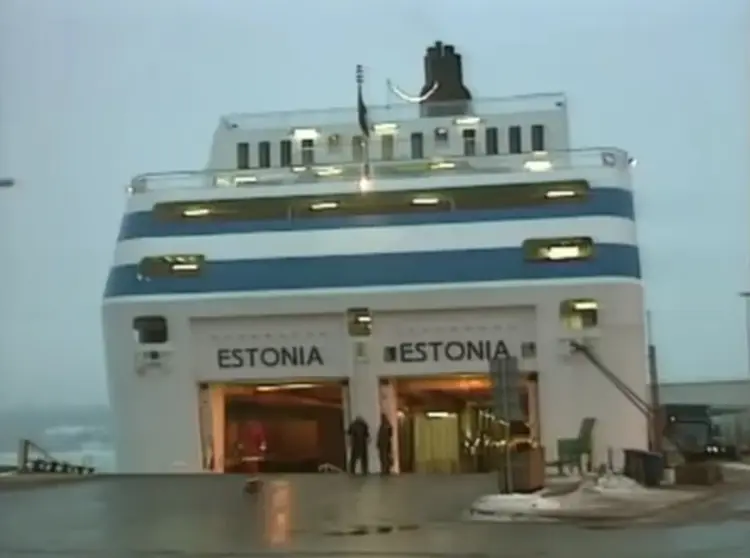A new diving expedition explored on Tuesday the car deck of the M/S Estonia ferry that sank in the Baltic Sea in 1994.
During the probe, privately financed by the relatives of the victims, a team of experts used a diving robot to access parts of the sunken vessel to identify the cause of the accident.
"We managed to film two doors on the starboard side of the car deck through which people could move to the upper and lower decks. They turned out to be intact and closed," expedition leader Margus Kurm said, according to a report in Estonian newspaper Postimees.
He described this as an "important discovery" that needed to be considered in future calculations and simulations.
He said previous studies assumed the doors on the car deck had been crushed by the water pressure, allowing water to enter.
"If it now turns out that the doors are still intact, the water must have flowed under the car deck from somewhere else," he said.
The expedition is being funded by an organization created by the families of those who died in the accident, and takes place alongside official investigations.
A research vessel set out to the site of the accident on September 18 in order to examine the wreck and its surroundings.
The robot captured the latest images by moving along the car deck, reportedly reaching depths of some 50 metres.
852 people dead
The sinking of the M/S Estonia is Europe's worst post-World War II maritime accident. It occurred on September 28, 1994, with 989 people on board. It was sailing from Tallinn to Stockholm and went down off the Finnish coast.
There were only 137 survivors, with 852 dead. An official report in 1997 said the accident was caused when the bow visor - a part on the front of the ship that can be lifted to allow cars to be driven into the hold - was ripped off.
But doubts remain about that explanation and survivors demanded renewed investigations, demands which grew stronger after documentary film-makers sent a submersible robot to the wreckage last year, which came back with footage showing holes near the ship's rear.
The finding was confirmed in a preliminary study of the wreck that was carried out by the authorities in Estonia, Sweden and Finland.
A more comprehensive official investigation is planned for the spring of 2022.











